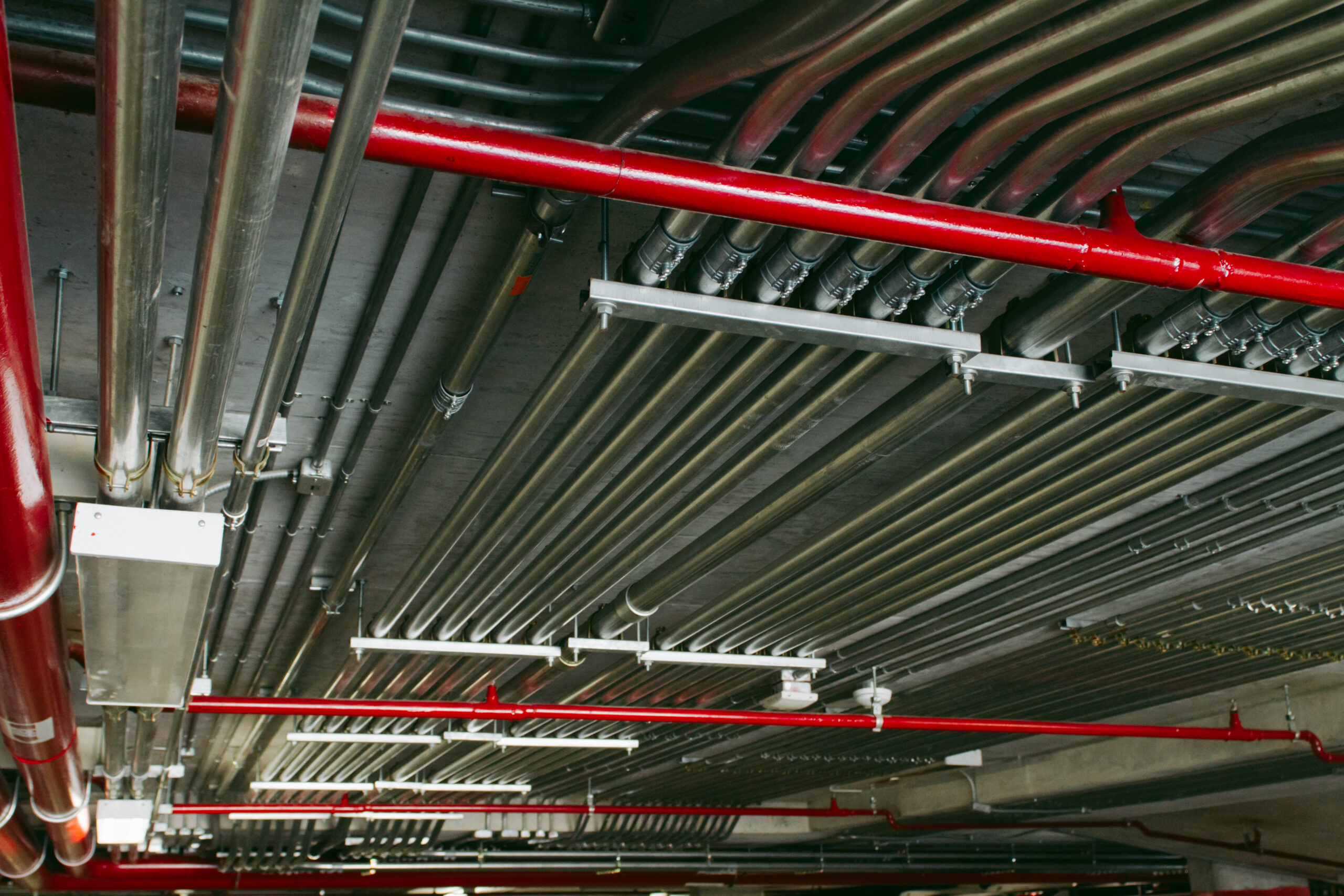Nothing brings a project to a sudden halt quite like clashes! You’re probably familiar with the scenario- the guys in the field are stressing out because they’re running into clashes and want to point fingers at the modelers.
Let’s take a look at how BIM can prevent embarrassing clash detection issues.
The BIM Advantage in Clash Detection
Comprehensive 3D Modeling: BIM software allows for the creation of highly detailed 3D models that include all building systems, including electrical, HVAC, plumbing, and structural elements. This comprehensive 3D representation provides a better foundation for creating high-quality, accurate models.
Real-Time Collaboration:
BIM facilitates real-time collaboration among various project stakeholders, including architects, engineers, and contractors. This collaborative environment enables early detection of clashes and potential conflicts.
Automated Clash Detection:
BIM software, such as EVOLVE, can automatically scan the 3D model for clashes by comparing the spatial relationships between different building components. This process identifies potential issues and highlights them for further review.
Visual Representation:
Clash detection results are presented in a visual format, making it easier for team members to understand the nature of the clash and its impact on the project. This visual clarity accelerates decision-making.
Reduced Rework:
By identifying clashes and coordination issues early in the design phase, BIM significantly reduces the need for costly rework during construction, saving both time and money.
Enhanced Safety:
Coordinated electrical systems reduce safety hazards on the construction site, as potential conflicts and issues are addressed before they become a problem.
Improved Project Efficiency:
BIM streamlines project workflows and ensures that all systems work harmoniously together. This efficiency leads to faster project delivery and increased client satisfaction.
Data-Driven Decision-Making:
BIM provides data-rich insights into clash detection and coordination issues, allowing for informed decisions that optimize design and construction processes.
Coordination of Electrical Components
Precise Component Placement:BIM allows electrical designers to precisely place electrical components within the 3D model. This accuracy ensures that electrical systems are properly integrated with other building systems from the outset.
Interference Checks:
Electrical systems can be subjected to interference checks to ensure that they do not conflict with other systems, such as HVAC ducts or structural elements. Early identification of issues saves time and resources.
Scheduling and Sequencing:
BIM can help project managers create detailed construction schedules that take into account the coordinated placement of electrical components, minimizing disruptions during construction.
In the world of electrical design, BIM has become an invaluable tool for clash detection and coordination with other building systems. By creating comprehensive 3D models, fostering collaboration, and automating clash detection, BIM significantly reduces conflicts and rework, ultimately improving project efficiency and the overall success of construction endeavors.
Check out this ebook to learn more about how EVOLVE’s automated clash detection features can save BIM designers from headaches and wasted time!





